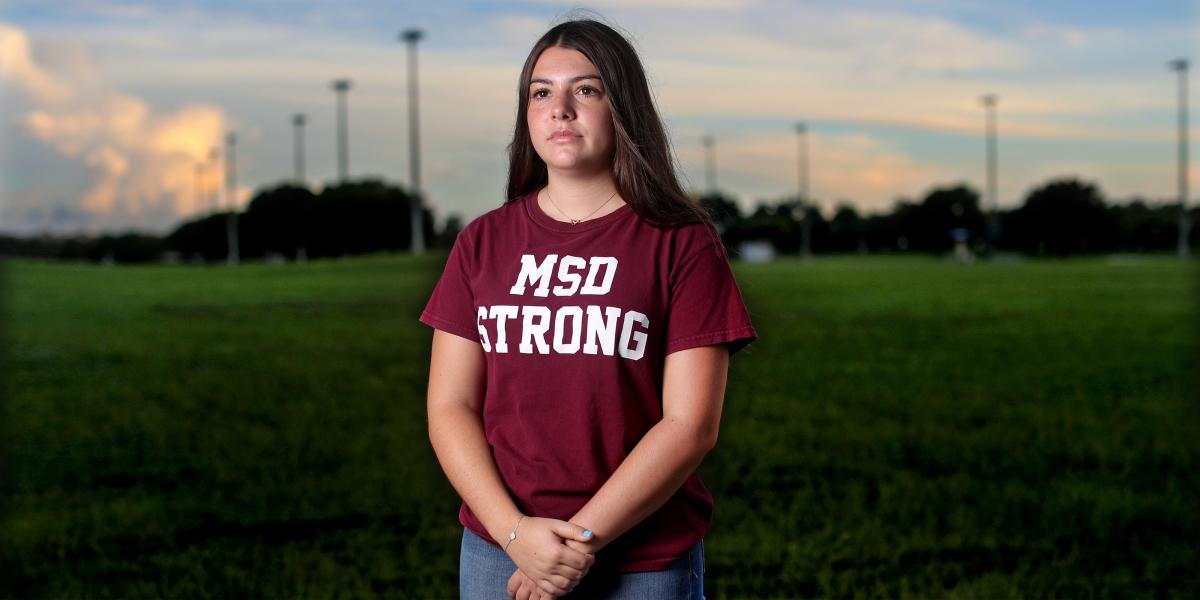Echoes: Survivors Share the True Toll of Gun Violence
Two were shot. Others lost family or friends. All know that change is possible.
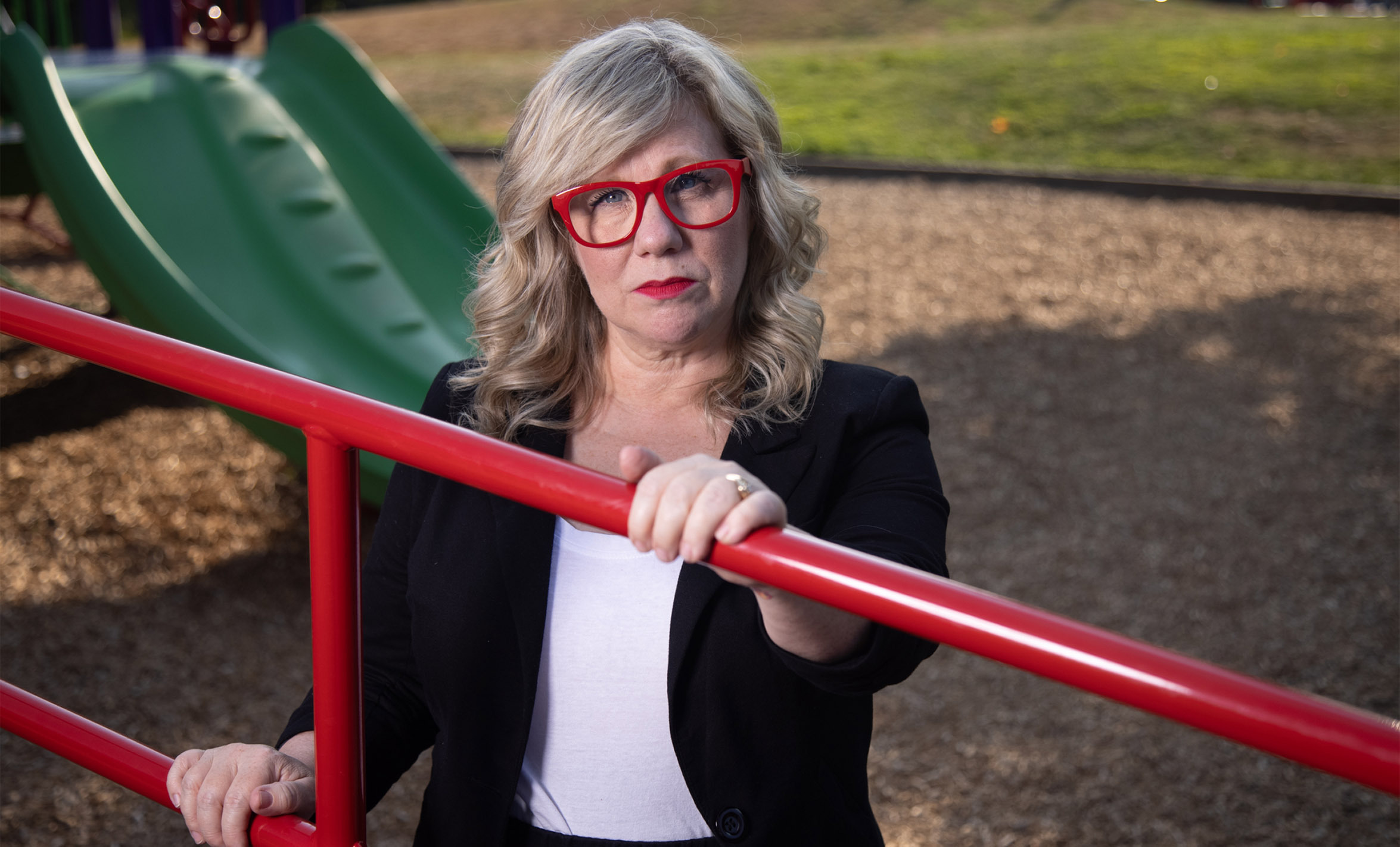
Doreen Dodgen-Magee
Psychologist and Author | Scotts Mills, Oregon
I’d always wanted to be an auntie, and my husband’s sister Laura gave us a little quiver of nieces: Sarah, Rachel, and April. The night before the oldest, Sarah, started kindergarten, I arranged a party where we filled her backpack with love notes. She was so excited, but also quite nervous.
The next day, I came home from work at lunchtime to a message on my answering machine: Dave, Laura’s estranged husband, had shown up at her house with a gun. Laura and the girls were dead, and Margaret, my mother-in-law, was at the hospital. And at this point, we didn’t know if Dave was on his way to our house, as he was quite angry that we had encouraged the separation.
Their marriage had a very unsafe and unhealthy power dynamic. My husband and I helped Laura move out and go through the legal process of gaining a restraining order. Dave felt incredibly threatened and angry to be excluded from childhood events, such as starting school. He purchased the gun either the day before or the day of the shooting.
My mother-in-law was shot in the arm protecting a child. One of my most potent memories is cleaning my niece’s blood out of Margaret’s hair once we brought her home from the emergency room. While her physical injuries healed, she remained deeply psychologically scarred. I became her caregiver for the rest of her life.
We have the power to pass the Violence Against Women Act and to take other legislative steps to close the loopholes that made it possible for Dave to procure a gun while he was under a restraining order. And background checks can provide a pause—maybe one that could have led Dave to work through his impulsivity and anger.
Instead, we had to pick out four coffins.
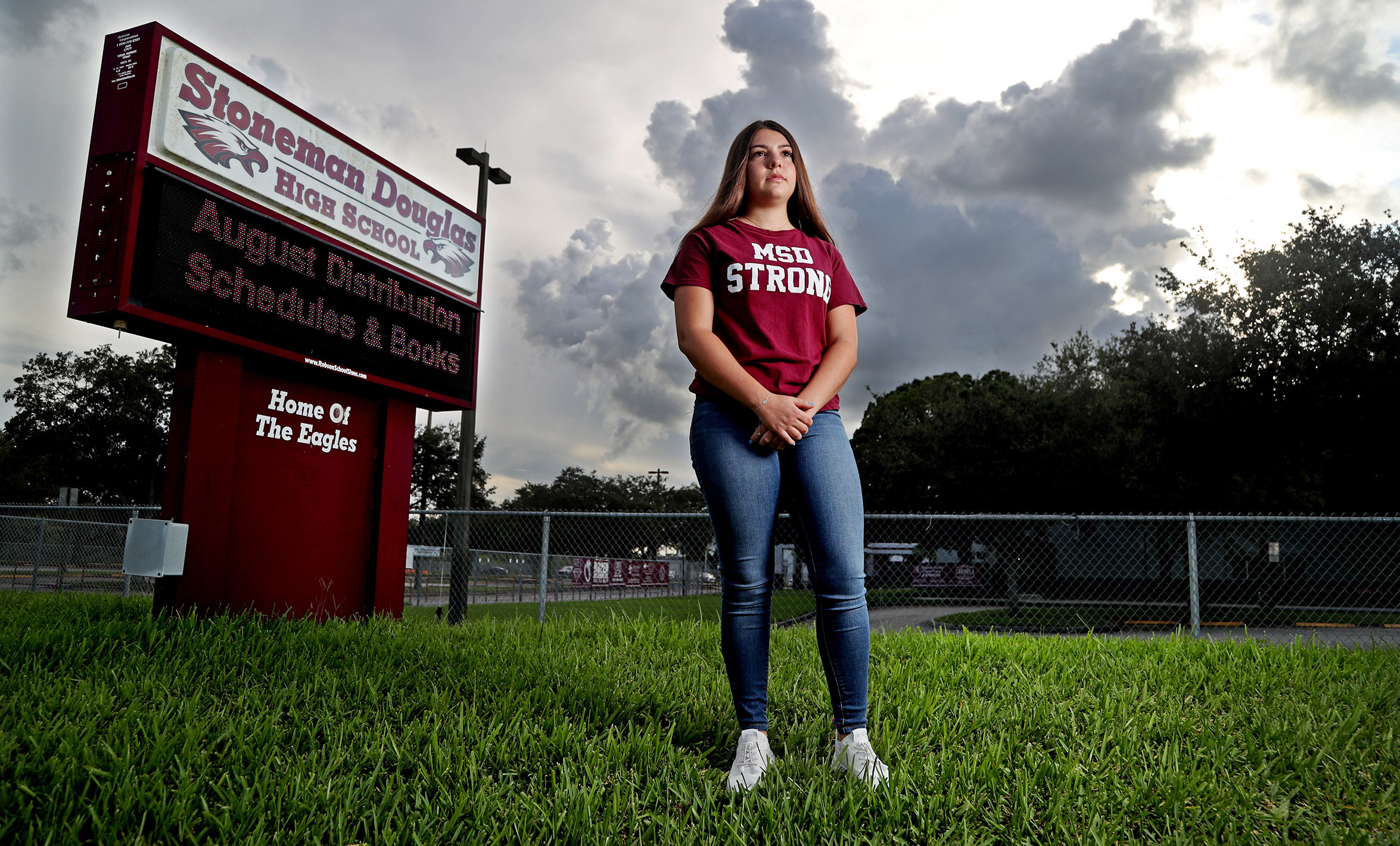
Sari Kaufman
Yale University Sophomore | New Haven, Connecticut
Valentine’s Day 2018. Mom dropped me off at Stoneman Douglas High School in Parkland, Florida. I was a 15-year-old sophomore worried about a Spanish test. I had lacrosse practice after school.
The fire alarm went off during my fourth-period debate class. Lining up in the grassy field outside of my classroom, I heard about five shots that sounded like firecrackers. I looked at my friends, thinking those can’t be actual gunshots. And then we heard a couple more. Then I got videos on my phone from my lacrosse teammates and friends inside the building. There was a video of a girl lying down with blood all over her. These were gunshots, and my friends in classrooms right near me were getting shot and killed. Then police rushed toward us yelling at us to run. So we ran. It was complete chaos.
Seventeen people were killed and 17 wounded. I knew one of the victims well. We were at a debate tournament together the week before, and she was in my math class. When we came back to school weeks later, her desk in math class was empty. One of my friends put a flower on it. It was a hard moment because that’s when reality kicked in: She was in my class but now she’s not. She died at school.
Now, when I hear loud noises I think right back to that day. I have frequent nightmares about school shootings. Wherever I go, I’m always looking at the exits.
It was just a week after the shooting that I went up to Tallahassee with my friends and other students to lobby our state legislators on gun control measures. And then I was one of the lead organizers of the Parkland March for Our Lives. I’m increasingly hopeful that support is growing for common sense gun policies.
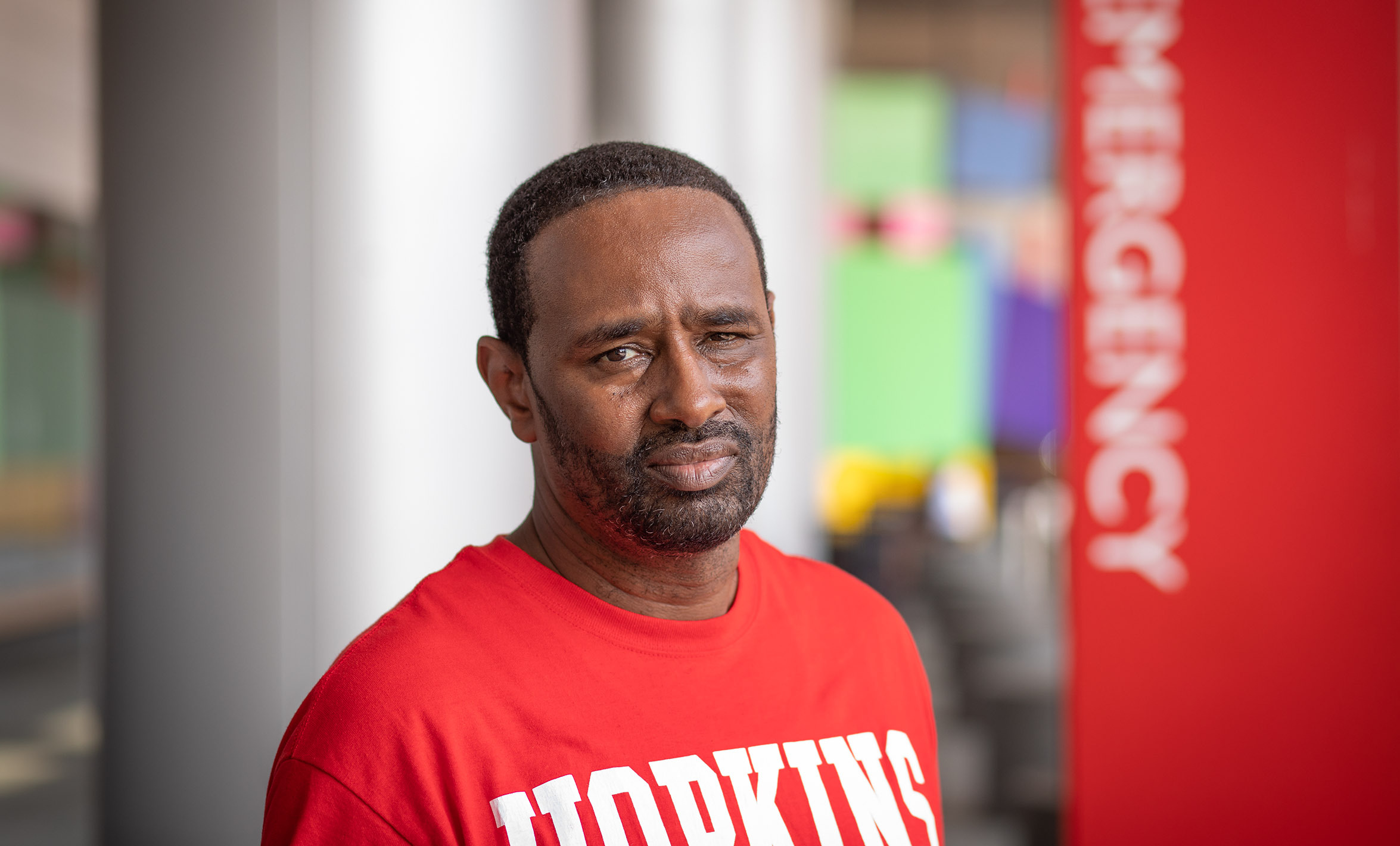
Leonard Spain
Case Manager, Johns Hopkins Hospital Violence Intervention Program | Baltimore, Maryland
Growing up in West Baltimore, I always heard gunshots. At age 6, I created a strategy to determine if someone had been injured in a shooting: I would silently count to 10. If I heard sirens before my count was up, that usually meant someone had been shot. In the morning I would overhear gossip of who it was. At 53, I still practice the 10-count strategy.
When I was 19, I got caught in the crossfire of a dispute between two childhood friends on the basketball court. Sounded like a machine gun going off. Everybody took off running, myself included. After running two blocks I saw blood on my shirt. I was hit in the buttock and back. I was in shock more than pain—I thought I was going to die.
When I got out of the hospital, I went back up on the block. I was later sentenced to 25 years for my role in a shooting. I used the time to educate myself. At the time I was reading at a third-grade level. In the 16 years I’ve been home, I’ve earned a BA in human services and an MS in negotiations and conflict management.
Now I meet with shooting victims in the ED. I introduce myself, then I go right into my story. I’ll pull up my shirt … see, I got bullet holes in me, too. This helps me build a relationship with them. I need to interrupt any cycles of retaliation before engaging them in case management.
I connect them to services. They learn about PTSD and conflict management techniques. Sometimes they just need help finding a job. It can take up to two years of hand-holding, but every client I’ve worked with for more than 18 months has succeeded beyond expectations.
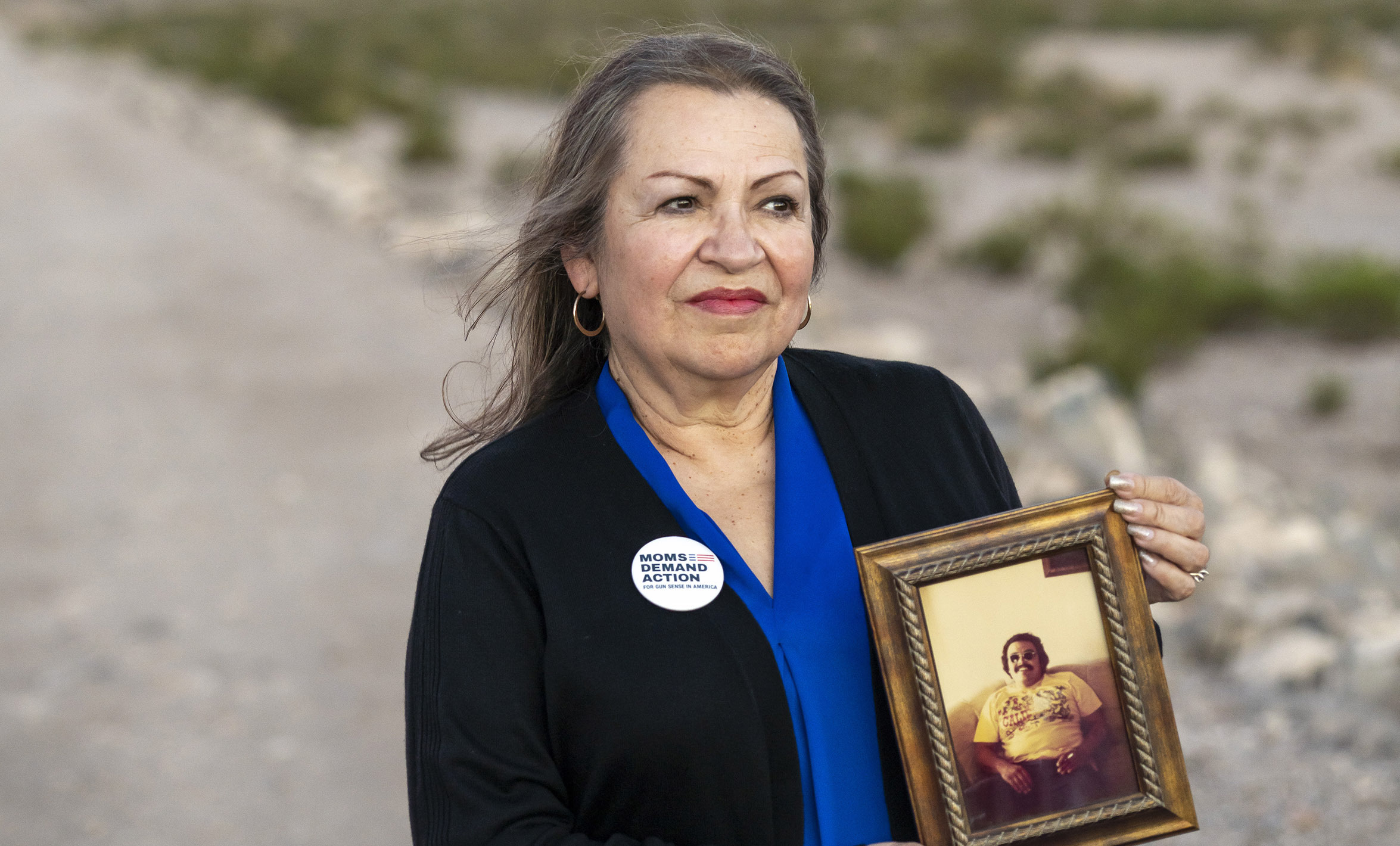
Linda Cavazos
Family Therapist and School Board Member | Las Vegas, Nevada
My brother Louie—the youngest of six siblings—was the jokester of the family. The kind of little brother that just made you laugh.
That day Louie called me he seemed overly talkative—joking but also being sentimental about when we were kids. Hours later. my older sister called. As best she could between sobs, she gave me the news: Louie was dead from a self-inflicted gunshot to the head. We didn’t find out until later that he had called all five of us. It was almost like he was saying goodbye.
Everything that happened afterward is a daze: picking out a casket, picking out a grave site, my father just sitting there holding a picture of Louie. And nobody wanted to say the word “suicide.” My ethnic heritage is Latino, and it was all hush-hush and closed-up—we can’t talk about this.
Louie had some relationship issues, and he recently lost a job. I would say he probably had some depression, and I learned more about this after I joined a suicide support group. But he didn’t own a gun. We weren’t raised in a family that had guns. He borrowed the gun from a high school friend, telling him he wanted to go target shooting.
I believe that without access to the gun, even if he had the suicidal thoughts, he might not have been able to carry them out. We have to recognize that suicide is a form of gun violence. A lot of awareness and education work needs to be done. One area is around the safe storage of firearms. We’re not talking about taking away guns, but gun locks and safes.
In 2020–2021, there were five students in our school district who took their own lives with an unsecured firearm.

Joseph V. Sakran
Director, Johns Hopkins Emergency General Surgery; Associate Professor of Surgery and Nursing | Baltimore, Maryland
I was raised in Northern Virginia, the son of immigrant parents in search of the hopes and dreams so many strive for: a better life for themselves and their kids. What I think none of us expected is that their son would go from being a healthy 17-year-old high school student to collateral damage after being shot in the throat with a .38-caliber bullet.
A fight broke out after a high school football game, and a guy pulled out a gun and started firing into the crowd. I remember it so vividly: the flashes, kids dispersing, everything seeming to go into slow motion. I was wearing white that night and was soon drenched in blood. Then it was almost like an out-of-body experience—a sense that I was watching the medics work on me. I was critically injured. With a carotid injury and a ruptured trachea, I could have bled out or been paralyzed.
I realize now that the worst moment of my life was also the most impactful, because it led to my decision to go into medicine and become a trauma surgeon to try and give other people the same second chance that I was given. As I continue down this professional path, I have the both the opportunity and the responsibility to think beyond the operating room or trauma center as we approach these complex problems from a public health perspective.
The creation of @ThisIsOurLane began with colleagues wanting to bring health care professionals into the gun violence conversation to ensure that we were an active part of the multifaceted approach required to address his problem. This journey has been an incredible experience—turning a really horrible moment into good trouble, as I work at the nexus of medicine, public health, and public policy.
